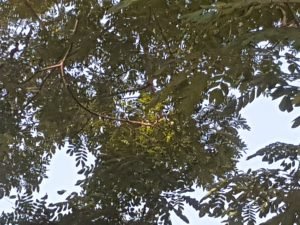In this week’s blog, we discuss in detail, most-nature-friendly way of utilizing dry leaves. It is the easiest and yet much ignored way.
If you have garden, large trees, then mulching means almost doing nothing. It is the dream, isn’t it?
Wish to manage dry leaves with mulching? simply do nothing.
Yes, enough with the suspense 😊, let’s dive right into the topic.
What is mulching?
Mulching is the process by which we mimic what happens in the natural landscape.
What happens in the natural landscape? Let’s see..
Have you been to any forest area? Wooded area with no or minimal human interference?
How does this forest floor look?
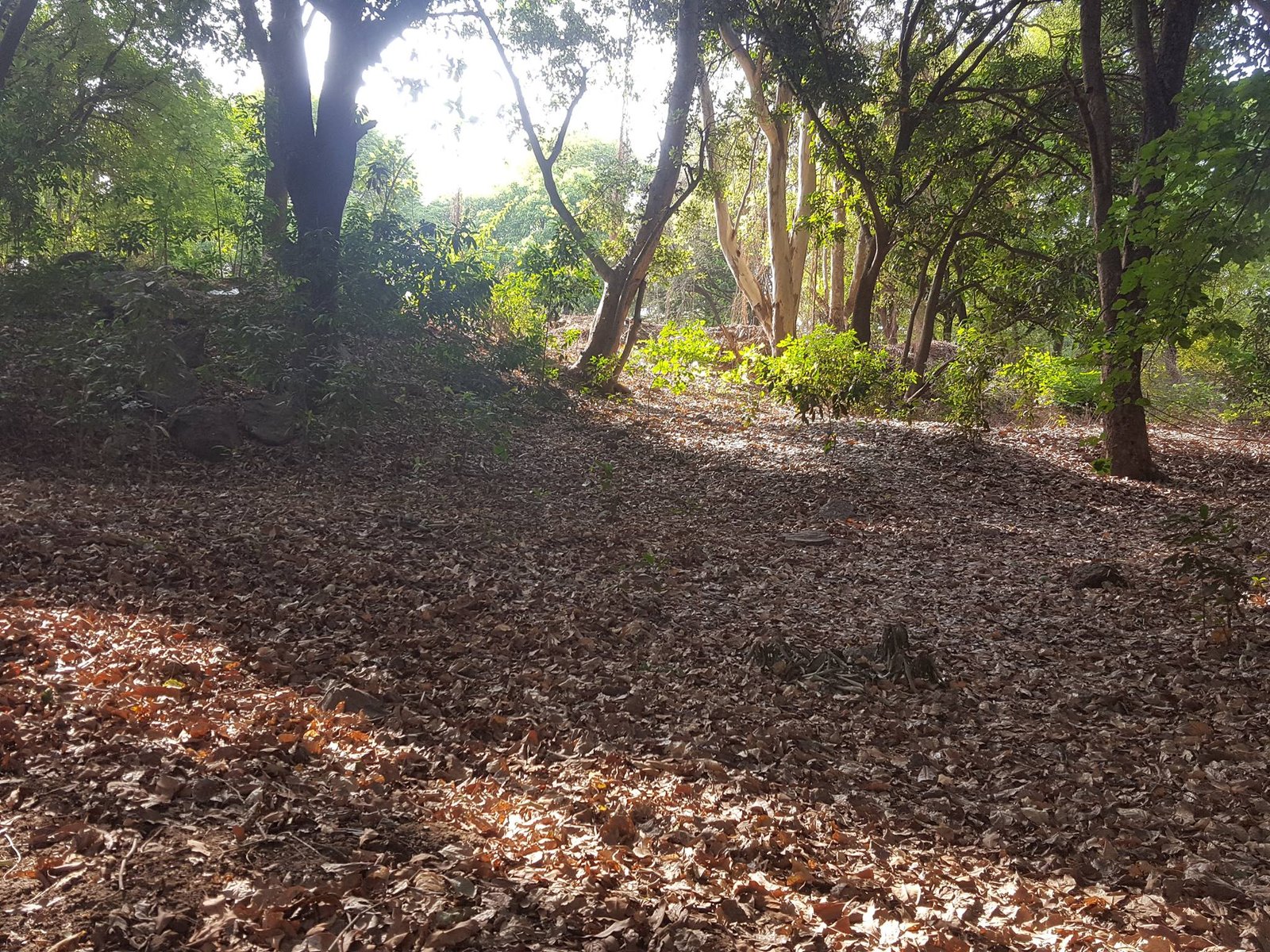
If we do not sweep and collects leaves shed by the tree in the backyard? Yes, that is how the natural forest floor looks like.
Whatever falls on the ground remains there.. Shed leaves form a carpet, a layer over the soil.
Advantages
This layer remains there throughout the summer.
When rains arrive, leaves decompose.
Some proportion of nutrients that the tree absorbs from the soil are present in these leaves.
These nutrients, when leaves decompose, are returned to the soil. Soil keeps receiving organic matter and retains its productivity.
This is nature’s way of recycling nutrients. Output of one element serves as input to some other element in the system. It is cyclic process.

There is no end to it and hence there is no concept of WASTE.
Layer of leaves protects soil from scorching summer heat. Since sun-rays do not reach the soil directly, soil retains moisture.
Various insects in the soil find shelter under these leaves.
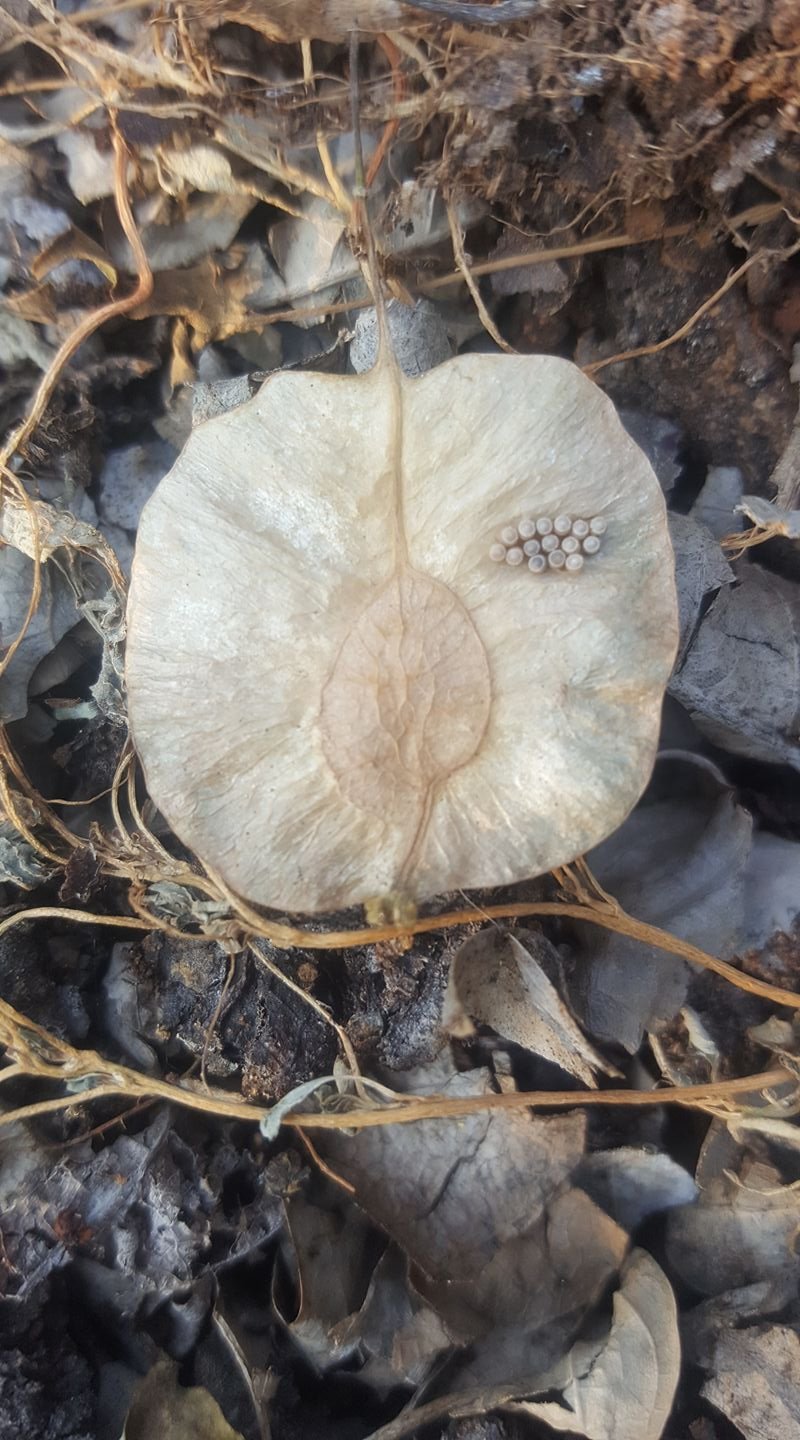 Eggs laid by an insect on a pod, in the layer of dry leaves
Eggs laid by an insect on a pod, in the layer of dry leaves
Who can do mulching?
Well!! Everybody!!
You can practice mulching in garden, plant beds, pots, everywhere.
How do we do it for the garden?
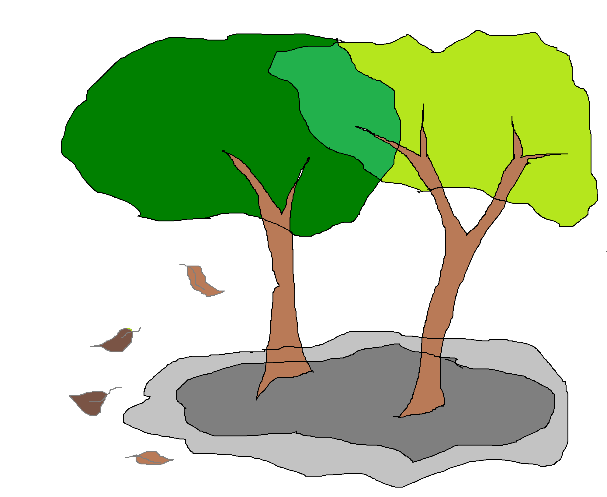
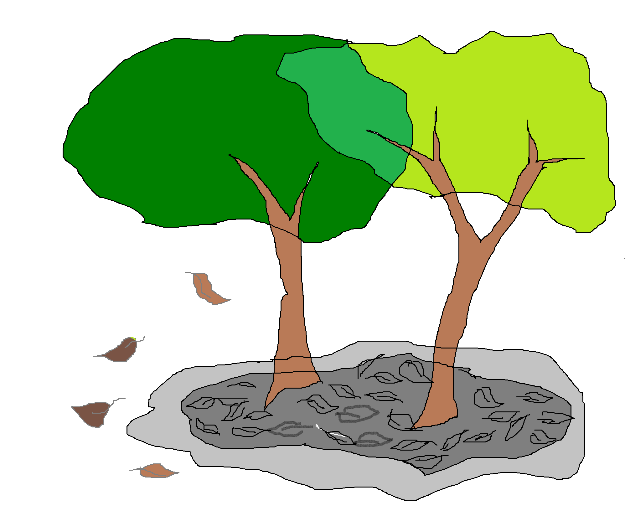
Don’t sweep away all the leaves from your garden.
Leaves that have fallen in the plant-beds, under large tree, let them be there. (as far as possible).
If you have a patch in your society, which people do not frequent. Then, let the leave fall there and remain there.
For the rest of the garden, take leaves, and place them in plant beds.
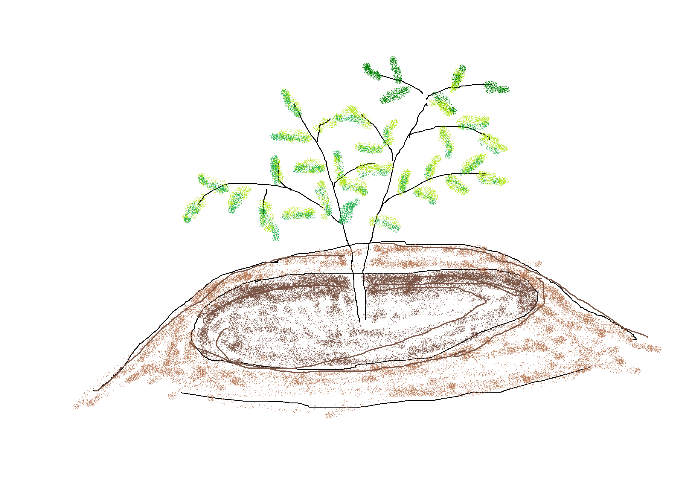

Crush the leaves and make a cover by placing them on the soil around the plant

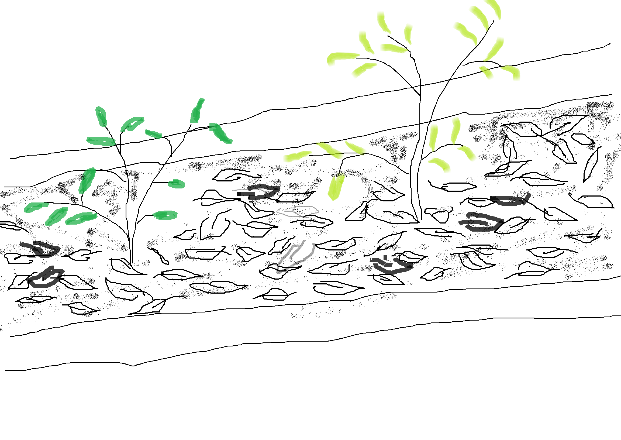

Sujata Naphade’s garden, a spectacular example of what we can achieve with mulching
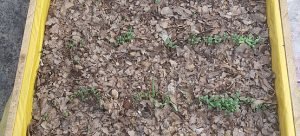
Mulching in pot/ planter
For pot/planter
Take dry leaves. Crush a bit with your hands and place them in pots/ planter
Place those leaves in the plant bed/ pot, covering the soil completely.
That’s it, done!!
What do we achieve by mulching?
- Roots need moisture. With mulching, leaves forming a protective layer over the soil, soil can retain moisture, which is beneficial for plant roots.
- Because soil retains moisture, we need to water less, and less frequently, there by saving water.
- Many insects that are helpful for soil health, find shelter under these leaves, during scorching summer heat.
- When we water, soil and many nutrients are carried away from the pot, with it. With mulching, the layer of leaves breaks speed of water. Water gradually percolates into the pot, providing moisture for a longer time, preserving nutrients.
Case studies

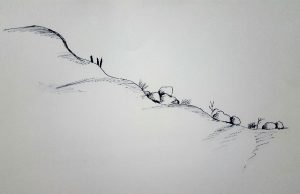

- Many citizen groups, like Vasundhara Abhiyaan and Vasundhara Swachhta Abhiyaan in Pune work for greening the hills. There, especially mulching is very useful. Volunteers can water the plants only on holidays. With mulching, young plants can survive without water, longer.

- Millennium School in Pune has developed a vegetable garden for its students using canteen waste and dry leaves. They cultivate all kinds of vegetables, fruits in this garden. An organisation nearby has a lot of leaf litter. I suggested them the model of partial compost and donation. Surplus leaf litter was collected by school from them and from a few other sources. The vegetable garden till now has utilized 20 tons of dry leaves which otherwise would have been burnt. Mulching is the process of crushing leaves and spreading in the plant bed. Because of this layer, soil retains moisture and water gets conserved. This vegetable garden has conserved around 80% of water due to dry leaf mulching.

Kirti’s garden, soil in the plant-bed covered with mulch
- A Brown Leaf member in Pune, Kirti Bhave, experienced advantages of mulching. She was out on a family holiday. She had recently implemented drip-irrigation system and was quite relieved that her plants are well taken care of in her absence. When she returned from the holiday, she to her horror, realized that the domestic help had mistakenly switched off the system. Imagine, at around 45 degrees, her plants were without water for 10 days.
And yet, 70% of her garden recovered. And all thanks to the layer of dry leaves covering soil around those plants, i.e. mulching. Because of this protective layer, soil could retain moisture and plants manage to survive in the scorching heat.
What if you do not have dry leaves?
If you do not have any large trees in your premises, you can still practice mulching for your plants.
Borrow dry leaves from your neighbors/ friends. How about that?
I am sure there will be a neighbor around, who has large tree.
Take some empty gunny bags to them, ask for leaves, help them collect leaves.
If you have never interacted with your neighbor, this would be a great opportunity to strike a conversation.
They would be happy to donate their leaves to you.

As a thank you, give them flower from your garden, a fruit from your garden.
Eventually your neighbor would become curious, will inquire what you do with all those dry leaves.
That is how a community grows. And that’s how gradually, we prevent burning of dry leaves in our community and in our country.
Conclusion
There is no waste in nature. What if we mimic nature in our cities? What if we create the circular system like nature and make our living places, better than they are today?
Let’s start with mulching, let’s start small.. Let’s start




